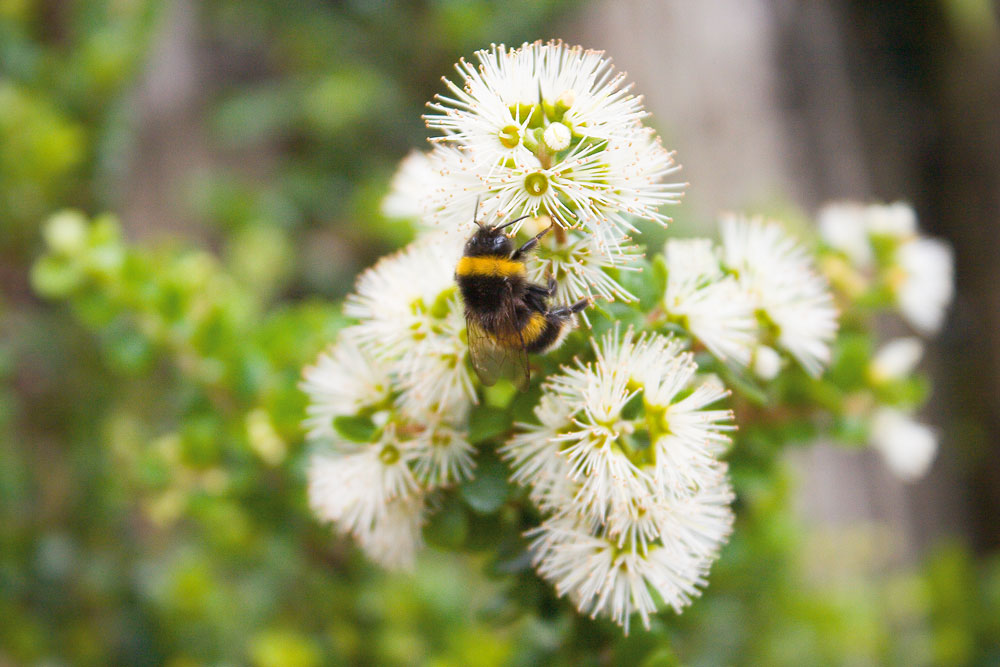Interplay between historical climate warming and intensive agricultural land use is associated with a reduction of almost 50% in insect abundance, reports a paper in Nature.
Climate change and land-use change are known to affect insect biodiversity, and these factors can act synergistically; for example, removing natural habitats to make agricultural land can alter the microclimate and increase temperature extremes. But the effect of interactions between these factors and insect biodiversity is less well understood than for other animal species.
To address this gap in knowledge, Charlotte Outhwaite, Peter McCann and Tim Newbold combined data on temperature changes and land-use changes with data on insect biodiversity in more than 6,000 different locations around the world, with the data spanning a 20-year period.
They compare differing land-use and climatic conditions for 17,889 insect species (including beetles, flies, bees, butterflies and grasshoppers). They show that, compared with habitats that are less disturbed and experience lower rates of warming, intensive agricultural land use (characterised by low-crop diversity or high livestock intensity) and greater warming above baseline temperature variation is associated with reductions of 49% and 27% in insect abundance and species richness within insect groups.
They suggest that impacts on insect biodiversity as a result of climate change can be buffered by the presence of nearby natural habitat, although this buffering may be less effective against extreme high temperatures.
Insects have an important role in ecosystems, including pollination and pest control. A better understanding of the factors that can alter insect biodiversity could help to guide conservation efforts.
- Link to research (DOI): 10.1038/s41586-022-04644-x
Source: Scimex












